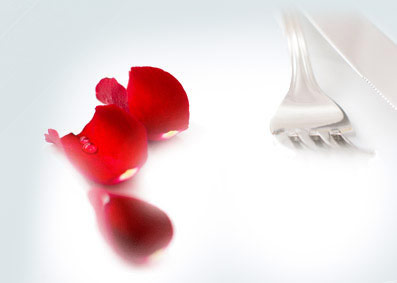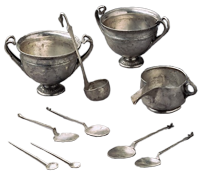Spoons have been in use since the Paleolithic era. Prehistoric peoples used husks, shells and pieces of wood as spoons.
Evidence of the earliest usage of spoons has come down to us through numerous archeological findings.
Many ancient texts tell of the use of the spoon in ancient civilizations ranging from Egypt to India to China.
The Greek and Latin words for the term "spoon" are derived from the word 'cochlea'. This term means snail, and testifies to the use of snail shells as spoons.
Thanks to the numerous archeological finds at Pompei, we learned of the two different types of spoons used in Roman culture that went on to shape spoon production all the way up to the present.
The first kind of spoon, known as the "ligula," consists of a pointed oval cup and a handle with a decoration at the tip. It resembles a spoon that is still in use today.
The second kind, known as "cochleare," instead has a small round cup and a pointed handle.
Spoons have been made out of many different materials throughout history, with the first ones being made of bone, then ivory, then wooden spoons and even gold and silver. In Eastern cultures, spoons were often made of porcelain.
With coming of the industrial revolution and mass production, spoons began to be manufactured out of pewter and brass. It was not until 1970 that we began to see spoons made of stainless steel.









